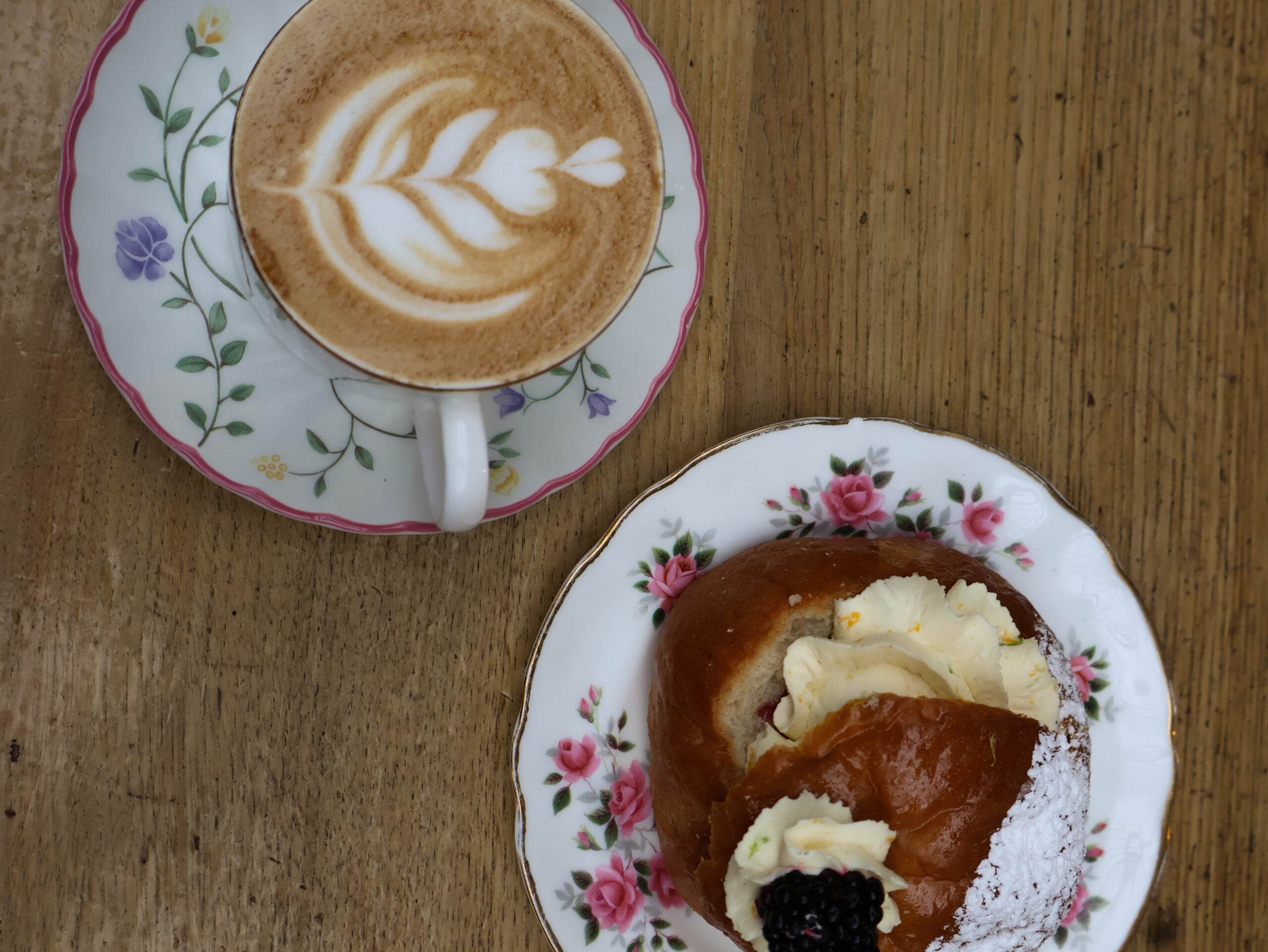I’m never fully awake until I’ve had my first cup of coffee, but it’s that moment at the counter, tapping my card for a large cappuccino, that truly jolts me awake. Let me put this into perspective: when I treat myself to a coffee frappé at Starbucks, a grande sets me back—brace yourself – 6.5 Euro! I could get a foot long sandwich at Subway for that price, but I’m not willing to make that trade off, because I need my coffee. Similarly, I know plenty of you coffee addicts reading this are feeling the pain of getting absolutely fleeced for your daily caffeine fix. Therefore, as a student journalist and economics student, it is clearly my highest responsibility to analyse this modern-day travesty. After all, who better to unpack the economic toll of our collective coffee dependency?
Let’s first take a walk back to the source of the coffee supply chain and observe how the prices of coffee beans have changed. The two main coffee beans in circulation are Arabica and Robusta. While the price of the first has been trading at its highest since 2011, the latter has doubled in just the last twelve months, largely due to climate change’s effect on weather patterns which disrupt production. Additionally, between March 2020 and 2024, Ireland faced an inflation of 18%, which inevitably raised overall prices. But over these four years, a large americano or cappuccino in a mainstream cafe like Costa has risen by over 23%! Our unwavering loyalty to these coffee chains, despite the sharp rise in prices, are driving projections of a 10.7% annual growth rate for the coffee industry over the next five years. By the end of 2024, the industry is expected to rake in $63 million from bar and restaurant sales alone, which will undoubtedly have a lasting impact on our finances, further adding to the rising cost of living in Ireland. At the same time, it is important to note that independent cafes, though charging a relatively higher price than before, do not stand to make a profit on par with other large companies.
Now, let’s break down the cost of a cup of coffee and get to the real question: how on Earth are they charging so much for what’s basically caffeinated milk? Firstly, the largest deductions from the sale of a cup of coffee include a 12.5% corporation tax and a 13.5% VAT or Value Added Tax which is essentially a consumption tax on products levied at each state of production, that is finally passed down to the consumer. As a result of these deductibles, on a €3.50 cup, the seller’s profit is a mere 26.25 cents while the government pockets a hefty 81.25 cents. These charges are imposed on small businesses and corporate coffee giants alike. As Una Mullaly from the Irish Times rightly reports, independent operators have effectively become “VAT collectors for the government”.
While large coffee chains can absorb these various price increases as a result of customer loyalty, brand identity and high profits, smaller businesses cannot possibly continue to sustain these changes. This brought a fresh wave of sympathy to my already tear-filled eyes just after splurging on my second cup of coffee for the day. Who knew caffeine could be such a guilt trip?
In caffeinated conclusion (I’m very proud of this alliteration), while I doubt either of us would willingly cut back on our coffee intake, I hope you’ll join me in shifting our consumption habits and begin to support independent cafés instead. Therefore, to help you out, here are some of my top picks for unique spots that serve excellent coffee at a reasonable price: Mimi’s cafe in Westmorland Street (my favourite), Doppio Zero on Abbey Street Upper and Heartbreak Social on Drury Street! Now you can really enjoy your coffee without being too guilty about your dwindling funds.







